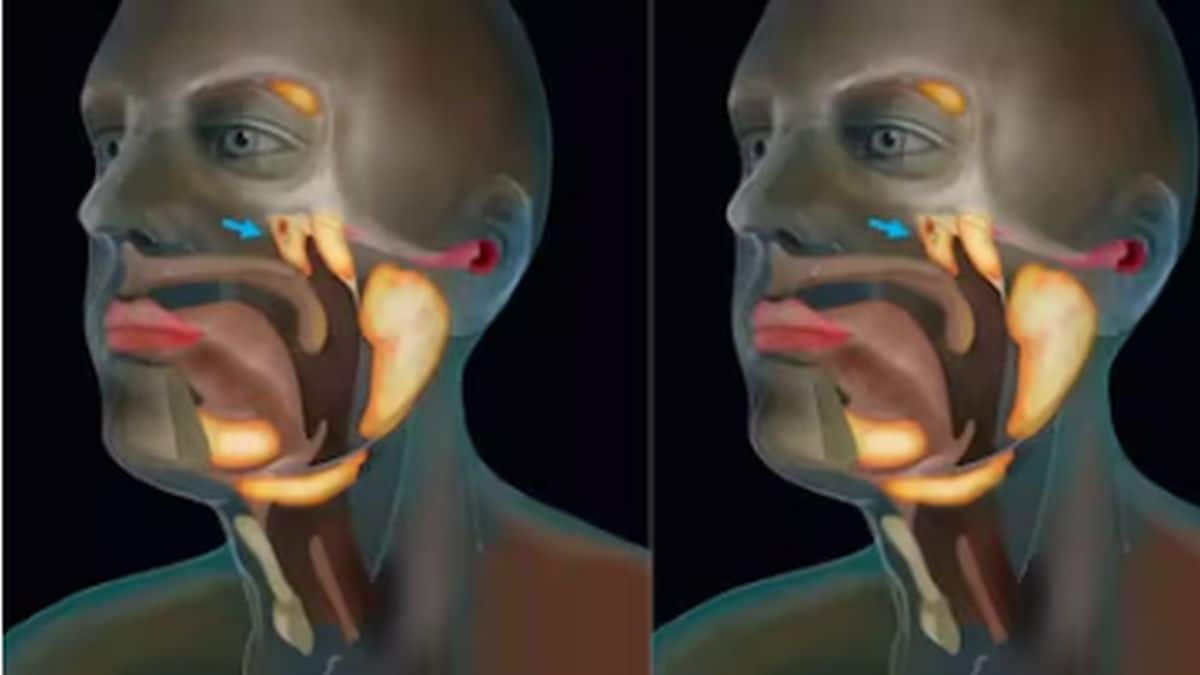The world has seen over 40 million confirmed cases of COVID-19 cases so far. The most common symptoms of the disease are – fever, cough, cold, severe malaise, breathlessness, loss of smell and taste. It can also present as skin rashes or symptoms related to the gastrointestinal system i.e. diarrhoea, vomiting and abdominal pain. RT-PCR is the gold-standard method to diagnose COVID-19. Nasal and throat swab are the standard methods of collecting samples for the RT-PCR test. Rapid antigen tests are also being used during the pandemic but they are said to be less sensitive. Chest X-rays and CT scans can further help in grading the severity of the disease. At times when RT-PCR is negative but the symptoms are strongly suggestive of COVID-19, a chest CT scan can help in detecting classical changes in the lungs, which are diagnostic of COVID-19. Sample collection technique Nasal swabs are taken from the anterior nares, middle turbinate and nasopharynx and oral swabs are used to collect secretions from the oropharynx. A flocked nylon swab stick is used to take the samples and it is rotated at the site for proper sample collection. As compared to a cotton swab stick, a flocked stick has a higher absorption rate. But it has a relatively harder tip. Right sampling technique is essential in yielding a good positivity rate and at the same time, one must be careful in not inducing trauma to the surrounding structures. Nasal sampling can cause injury to the structures within the nose and wrong long trajectory can even cause trauma to the skull base and thus the brain. Recently, a case had been reported from the USA, wherein the patient had sampling done for COVID 19 for elective surgery. A few days later the patient presented with a brain fluid (CSF) leak from the nose and meningitis (brain infection). Such injuries can occur in:
- Patients who have a history of previous nose surgery
- Elderly women with osteoporosis can have a thin anterior skull base bone, which can easily be injured if the sampling technique is not correct or too harsh
- History of head injury
Precautions during sampling During the collection of nasal swabs for COVID 19, the following should be kept in mind
- Head should be in a neutral position
- Swab stick should be guided parallel to the floor of the nose for approximately 7 cm from the nares in adults
- If there is any resistance felt during the sampling, the swab stick should not be pushed hard. Instead, the other nostril should be tried.
- Ask the patient for a history of nasal surgery/nasal trauma/CSF leak from the nose
Wrong sampling technique If the head is kept in extension while collecting the sample from the nose and swab stick is angled towards the roof of the nose, a wrong entry can be made into the base of the brain. This can be disastrous as the patient can develop a brain fluid leak from the base of the brain and subsequently develop the dreaded complication of meningitis. The swab stick itself can cause tissue injury at the base of the brain. As reported in the case from the USA, if an injury occurs to the base of the brain which causes fluid leak from the brain, it can lead to meningitis and can be a major threat to life. Once the infection subsides, the patient will need surgery either through the nose or from the skull to close the leak site. This can be done either with the aid of an endoscope or microscope. Only properly trained healthcare professionals should be allowed to take samples for SARS-CoV-2. This article was written by Dr Sonal Gupta, Director and Head, Neurosurgery, Fortis Hospital Shalimar Bagh. For more information, read our article on RT-PCR. Health articles in Firstpost are written by myUpchar.com, India’s first and biggest resource for verified medical information. At myUpchar, researchers and journalists work with doctors to bring you information on all things health.


)

)
)
)
)
)
)
)
)



